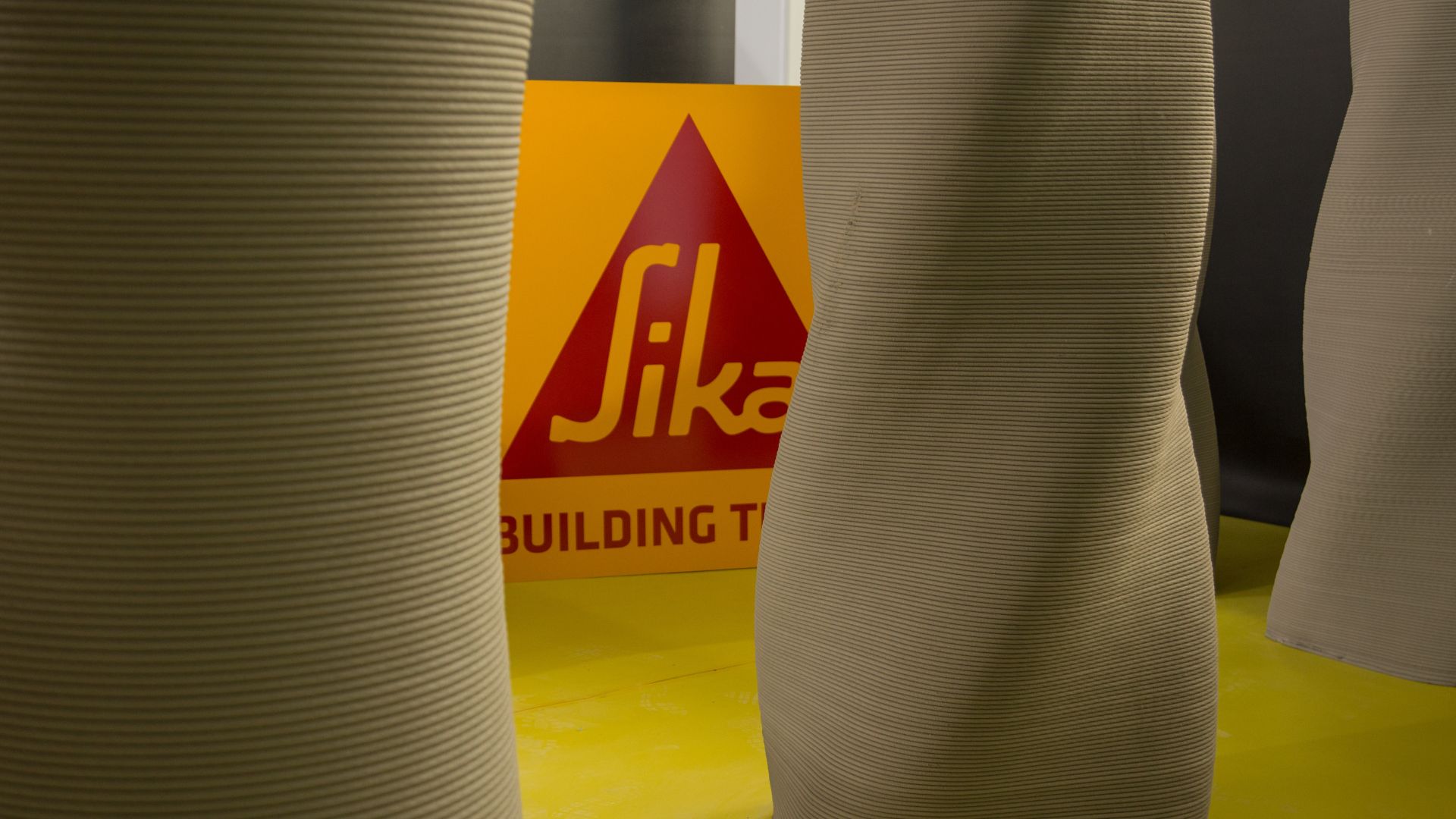7 Essentials - One Material, Infinite Possibilities with Sika
Concrete is arguably the greatest construction material of all time, playing crucial roles in many different applications and meeting varying requirements.
While commonly considered just water, cementitious material, fine aggregate and course aggregate, concrete is much more than that. In today's world of construction, concrete's use in omnipresent; building without it is unimaginable. Given that concrete is used twice as much in construction over all other building materials, emphasis on quality, performance and sustainability is essential for the industry to grow and thrive.
Concrete, when properly designed, manufactured with quality raw materials, formulated with admixtures and professionally placed and cured will last more than a lifetime. Sika Systems have been well proven over many decades in practice all over the world; additionally, they are fully tested and certified to work seamlessly together. This gives wonder, project specifiers, and contractors the security of proven performance characteristics for concrete made with Sika products.
The first step in optimizing concrete it to recognize that concrete is no longer simply cementitious materials, aggregates and water; it is a high-performance material with not just four, but 7 Essentials:
- Cementitious Material
- Fine Aggregate
- Coarse Aggregate
- Water
- Fiber Reinforcement
- Integral Color
- Chemical Admixtures
7 Essentials - Infinite Possibilities for beautiful, durable, high performance, long-lasting concrete!
7 Essentials - The Basics Defined
DESIGNING FOR QUALITY CONCRETE
Coarse Aggregate
Best Practice
- Work with suppliers to obtain consistent, clean, high-quality aggregates
- Perform moisture tests at designated intervals, esp. on excessively hot or wet days
- Perform sieve analysis at regular intervals to confirm consistency in gradation
- Perform alkali reactivity tests to ensure aggregate stability
Benefits
- Clean aggregate will help reduce water needed for mixing and increase strength
- Aggregate temperature will affect overall mix temp. more than other components
- Aggregate choice affects many of concrete’s fresh and hardened properties including durability and overall concrete stability / performance
Relevant Standards
- ASTM C33 / C33M
- ASTM C330 / C330M
- ASTM C1105 / C1105M
- ASTM C1260 / C1260M
Fine Aggregate
Best Practice
- Perform moisture tests at designated intervals, esp. on excessively hot or wet days
- Perform sieve analysis at regular intervals to confirm consistency in gradation-Manufactured and natural aggregate affect mixes differently-consult your supplier
Benefits
- Aggregate temperature will affect overall mix temp. more than other components
- Aggregate choice affects many of concrete’s fresh and hardened properties
- Some natural sands can reduce water demand
Relevant Standards
- ASTM C33 / C33M
- ASTM C330 / C330M
Cement/SCM's
Best Practice
- Use the correct type of cement for your application
- Consult with your supplier about the use of and availability of SupplementaryCementitious Materials (SCM’s)
- Avoid specifying minimum cementitious amounts unless required by code
Benefits
- Various types of cement are available for different requirements and purposes
- Use of SCM’s can provide better plastic/hardened qualities as well as cost efficiency and reduce cement demand, making concrete more sustainable
- Improves mix design efficiency
Relevant Standards
- ASTM C150 / C150M
- ASTM C618 / C618M
- ASTM C1240 / 1240M
- ASTM C1697 / 1697M
- ASTM C989 / C989M
Water
Best Practice
- Utilize water that adheres to ASTM C1602
- Add water during the correct part of the mix cycle to maximize hydration efficiency and minimize dust
Benefits
- Proper water to cement ratio maximizes desired properties and service life
- Minimizing excess water will help to minimize shrinkage and surface defects
Relevant Standards
- ASTM C1602 / 1602M
Chemical Admixtures
Best Practice
- Effectiveness and consistency is achieved through manufacturers recommendations
- Before placing run test batches in order to identify how admixtures will perform in conjunction with other components
Benefits
- Achieve specific properties in plastic and/or hardened concrete per project demands
- Maintain consistency between mixing and placement
- Make mixture more economical/sustainable
- Enables wider use of component materials
Relevant Standards
- ASTM C494 / C494M
- ASTM C1017 / C1017M
- ASTM C260 / 260M
Concrete Fibers
Best Practice
- Add fibers to mixture at proper mixing time, as per manufacturer’s recommendation
- Use the proper dosage for your application
- Place and finish concrete properly to ensure optimal compaction
Benefits
- Creates a 3-D matrix within the concrete to increase tensile strength
- Maximize finishing and aesthetics with micro fibers by reducing shrinkage cracking
- Minimize or replace traditional reinforcement with macro fibers
Relevant Standards
- ASTM C1116 / C1116M
Integral Color
Best Practice
- Choose the right product for your application: powder, liquid, granular and post applied finishes are available
- Always complete mock-ups prior to placement to manage expectations of the client, designer, and supplier
Benefits
- Create aesthetically appealing looks for ready-mix and precast applications
- Integral Color provides consistent color throughout concrete-will not wear away
- Pre-measured color pigment adds consistency to entire placement
Relevant Standards
- ASTM C979 / C979M

